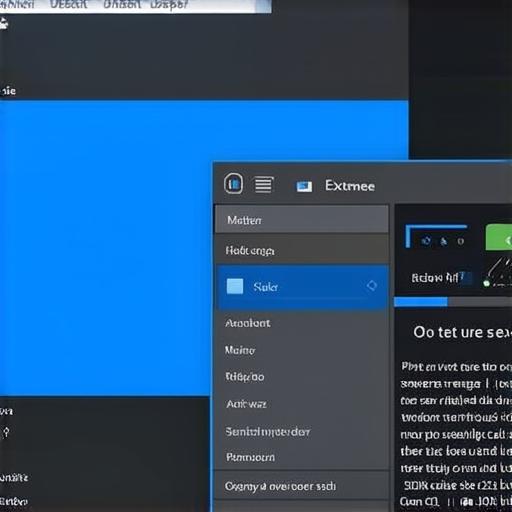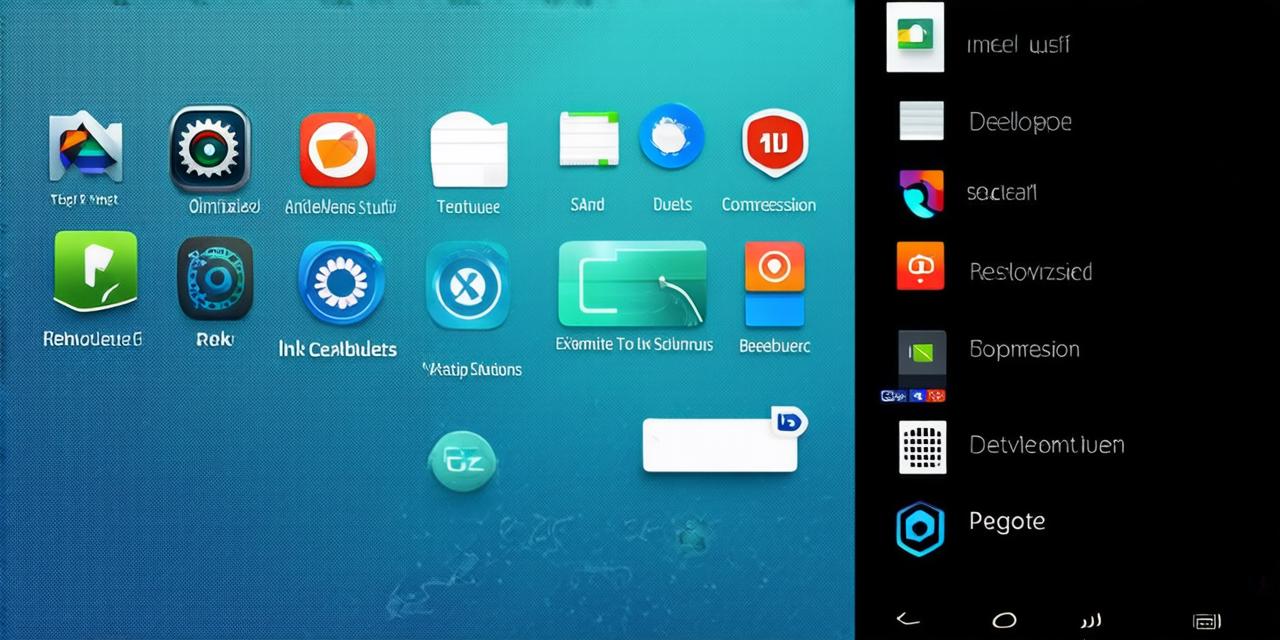Android apps have become increasingly popular over the years, with millions of users downloading and installing them on their devices. However, one of the main issues that developers face is reducing the size of the APK (Application Package Kit) file, which can significantly impact user experience and app store ratings. In this article, we will explore some of the best practices for reducing APK size in Android Studio, including tips and tricks from experienced developers.
Understanding the Importance of APK Size
Before we dive into the strategies for reducing APK size, it’s important to understand why it matters in the first place. The smaller the APK file size, the faster it will download and install on a user’s device, leading to a better overall user experience. Additionally, apps with smaller file sizes tend to take up less storage space on the user’s device, making them more appealing to users who are looking to conserve space.
Factors That Affect APK Size
There are several factors that can contribute to an app’s large file size. These include:
- Code size: The larger the codebase, the larger the APK file size will be. This is why it’s important to keep your code as lean and efficient as possible.
- Asset size: Large images, videos, and other assets can significantly increase the size of an APK file. Developers should aim to minimize the use of large assets in their apps.
- Libraries and dependencies: The more libraries and dependencies an app uses, the larger its file size will be. It’s important to only include the necessary libraries and dependencies in your app.
- Compression: APK files can be compressed using several compression algorithms, which can reduce their file size. However, some compression algorithms can also increase the file size if not used properly.

Strategies for Reducing APK Size
Now that we’ve covered the factors that contribute to an app’s large file size, let’s explore some strategies for reducing it.
1. Minimize code size
One of the best ways to reduce APK size is to minimize the codebase as much as possible. This can be done by:
- Removing unused code and libraries
- Using more efficient coding techniques, such as lazy loading and code splitting
- Optimizing algorithms and data structures
- Avoiding unnecessary object creation and garbage collection
2. Optimize assets
Assets can contribute significantly to an app’s file size. To optimize assets, developers should:
- Use smaller image sizes and formats, such as JPEG instead of PNG
- Compress videos using efficient algorithms, such as HEVC or VP9
- Use vector graphics for logos and other non-photographic images
- Minimize the number of assets used in the app, only including those that are absolutely necessary
3. Use compression algorithms
Compression algorithms can be used to reduce APK file size by reducing the amount of data that needs to be transferred between the device and the server. Some popular compression algorithms include:
- GZIP: A widely used algorithm for compressing text files
- Bzip2: A more advanced algorithm that provides better compression ratios than GZIP
- Snappy: A lightweight algorithm that is optimized for mobile devices
4. Minimize libraries and dependencies
Using too many libraries and dependencies can significantly increase an app’s file size.
